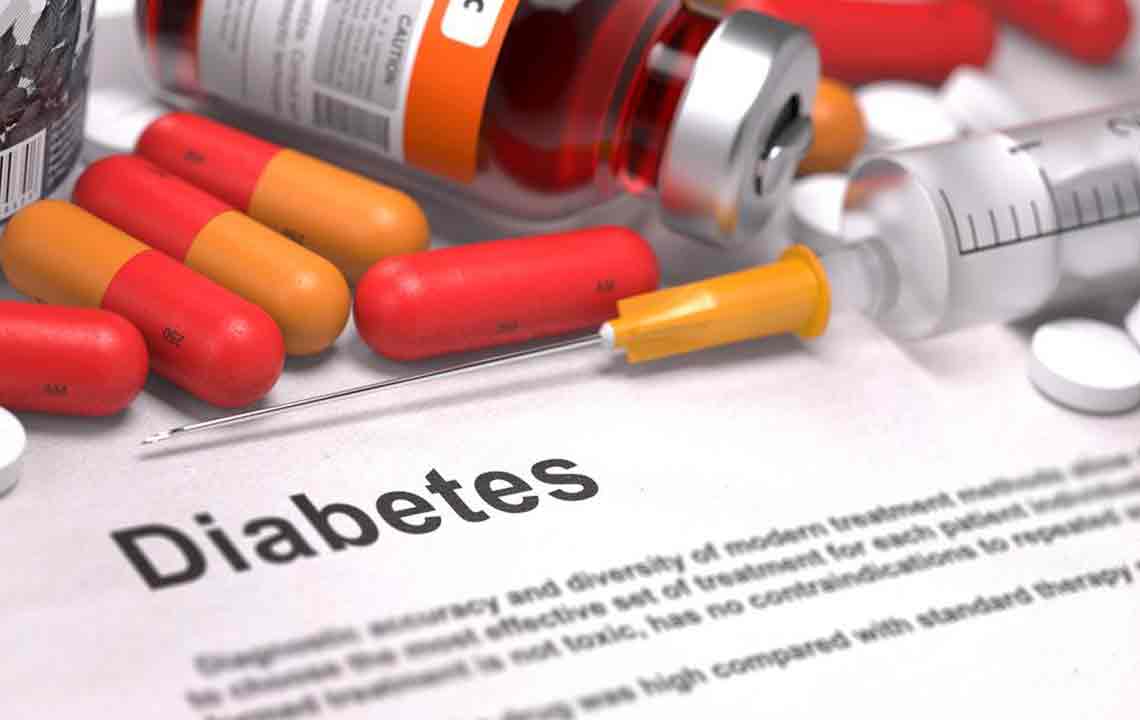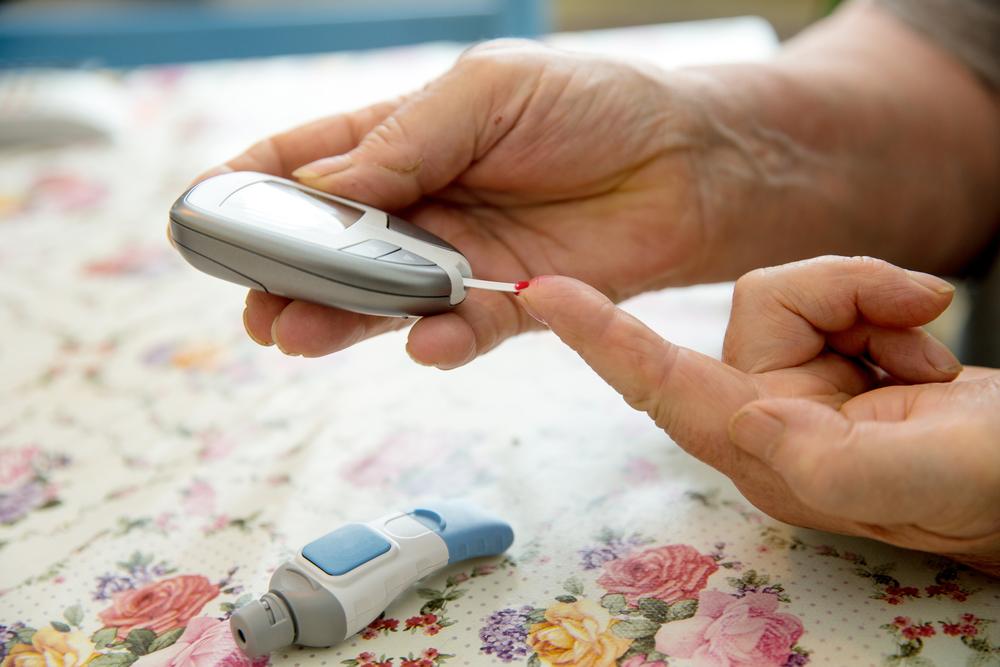Comprehensive Guide to Understanding and Managing Type 2 Diabetes
This comprehensive guide explores the causes, symptoms, prevention, and management of type 2 diabetes. Emphasizing lifestyle changes and medical interventions, it provides valuable insights for individuals and healthcare providers to effectively control and prevent this widespread metabolic disorder. Early diagnosis and proactive management are key to reducing complications and improving quality of life.

In-Depth Exploration of Type 2 Diabetes: Strategies for Prevention and Effective Management
Type 2 diabetes mellitus (T2DM) is a widespread chronic metabolic disorder that has become increasingly prevalent worldwide. Also known as adult-onset diabetes, it primarily affects how the body processes blood sugar (glucose). Over time, individuals with this condition experience elevated blood glucose levels, which can lead to a variety of serious health complications if not properly managed. Understanding the underlying causes, symptoms, and management strategies is crucial for those affected and for public health efforts aimed at prevention.
At its core, type 2 diabetes results from a combination of insulin resistance — where the body's cells don't respond properly to insulin — and an eventual decline in insulin production by the pancreas. Insulin is a vital hormone that facilitates the uptake of glucose into cells for energy or storage. When insulin isn't effective, or there's insufficient production, blood sugar levels rise, causing hyperglycemia. This disruption can cause immediate symptoms and long-term damage to organs like the eyes, kidneys, nerves, and heart.
Understanding the Causes of Type 2 Diabetes:
Insufficient insulin production: Over time, the pancreas's ability to produce enough insulin diminishes, especially in response to increased blood sugar levels.
Insulin resistance: The body's cells become less responsive to insulin, requiring higher levels to achieve normal blood glucose control.
Genetic predisposition: Family history and inherited genetic factors significantly increase the risk of developing T2DM.
While lifestyle factors play a predominant role, genetics also contribute to an individual's susceptibility. It’s important to recognize that lifestyle modifications can significantly reduce the risk, even for those with a genetic predisposition.
Types of Diabetes:
Type 1 Diabetes: An autoimmune condition where the body's immune system destroys insulin-producing beta cells in the pancreas, typically presenting early in life.
Type 2 Diabetes: The most common form, characterized by insulin resistance and relative insulin deficiency, mainly affecting adults but increasingly seen in younger populations.
Gestational Diabetes: High blood sugar levels that develop during pregnancy, which can pose risks to both mother and baby if not properly managed.
Type 2 diabetes accounts for approximately 90% of all diabetes cases worldwide. Its rise is closely linked to lifestyle and environmental factors such as poor dietary habits, sedentary lifestyle, obesity, and metabolic syndrome. Addressing these risk factors is vital in curbing the epidemic.
Recognizing Symptoms of Type 2 Diabetes:
Many individuals with early-stage type 2 diabetes may not notice symptoms. However, common signs include:
Persistent fatigue and weakness
Blurred vision and changes in eyesight
Frequent urination, especially at night
Dry mouth and increased thirst
Increased hunger and unexplained weight loss
Slow-healing wounds and frequent infections
Skin infections and yeast infections
Early detection is critical to prevent complications such as cardiovascular disease, nerve damage, kidney impairment, and blindness. Regular health screenings and blood glucose tests are recommended for at-risk populations.
Prevention Strategies for Type 2 Diabetes:
Effective prevention hinges on adopting a healthy lifestyle. Key practices include:
Balanced diet: Emphasizing whole grains, fruits, vegetables, lean proteins, and healthy fats minimizes blood sugar spikes and promotes overall health.
Regular physical activity: Engaging in at least 150 minutes of moderate exercise each week enhances insulin sensitivity and aids weight management.
Weight control: Maintaining a healthy weight reduces the strain on the pancreas and decreases insulin resistance.
Avoiding tobacco use: Smoking exacerbates insulin resistance and increases cardiovascular risk among diabetics.
Monitoring blood glucose levels: Especially for those with prediabetes or other risk factors, regular testing helps in early detection and lifestyle adjustment.
While lifestyle modifications are foundational, some individuals may benefit from medical interventions like Metformin to help prevent progression, particularly if lifestyle changes alone are insufficient.
Management and Treatment of Type 2 Diabetes:
Upon diagnosis, a comprehensive management plan is essential to keep blood sugar levels within target ranges and prevent complications. The primary pillars include:
Healthy diet: Tailored nutritional plans that focus on controlling carbohydrate intake and balancing meals.
Physical activity: Exercises such as walking, swimming, or cycling help improve insulin sensitivity.
Blood glucose monitoring: Regular checks provide immediate feedback and help adjust treatment plans as needed.
Medications: Oral hypoglycemics like Metformin are commonly prescribed, and insulin therapy might be necessary for certain cases to achieve optimal glycemic control.
Managing comorbidities: Addressing hypertension, dyslipidemia, and obesity is crucial in reducing overall health risks.
Newer treatments, including GLP-1 receptor agonists and SGLT2 inhibitors, are expanding options for managing T2DM effectively. Early and consistent intervention is vital to prevent serious complications such as cardiovascular disease, kidney failure, and nerve damage.
In conclusion, type 2 diabetes is a complex yet manageable condition. Through a combination of lifestyle modifications, regular health monitoring, and medical treatments, individuals can lead healthy lives and significantly reduce the risk of severe health issues. Public health efforts focusing on awareness, early detection, and preventive strategies are essential in combating this growing global epidemic.





